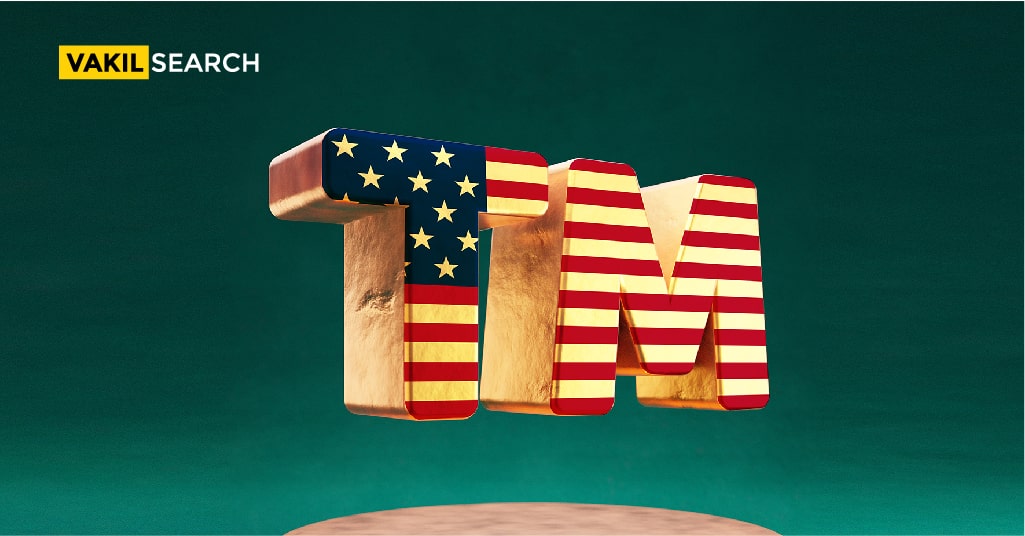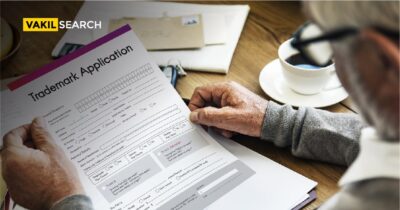What are the solutions for objected trademark status? Learn how experts easily resolve the objected trademark status in less than 5 minutes.
Introduction
Businesses utilise logos, designs, or a specific phrase to specify their services as their own. Therefore, the icons that these firms utilise are known as Trademarks. The trademarks have to be registered in order to retain their uniqueness. Sometimes they may be objected due to various reasons. So what are the solutions for objected trademark status? Get to know them here.
What Is a Trademark Objection?
In India, trademarks are given the credit of a studious product and therefore are conserved against violation under acceptable law. The Trademark Act of 1999 regulates the constitutions of trademarks containing their enrollment, safety, and liabilities. Registration of the trademark under the Act is for 10 years and can be further restored for another ten years accountable to the favorable expenditure of renewal payments.
How to Resolve Objected Trademark Status?
An objection to the trademark is an initial stage in the registration process. An objection to the trademark can be filed by the examiner or a third party. The examiner or registrar can file an objection under sections 9 and 11.
As soon as an objection is filed, the applicant will be notified about it along with the reasons for it. So in case of a trademark objection use the tips given below.
- The first step is to file a counter-affidavit to the objection
- This process should be done within two months from receiving the objection status of the trademark
- Negligence to document an objection within two months will increase the risk of the petition to be abandoned permanently
- When the counter documents are separated, the registrar may appeal for a hearing
- The trademark will be enrolled if he can regulate in favor of the applicant
- The petition must be filed within three months from the period of the order approved by the registrar
- If a petition is filed after 3 months, the applicant should file a petition for condonation of uncertainty with a penalty of ₹2,500
- If the explanation is approved by the Intellectual Property Appellate Board (IPAB) the interest will be mailed for hearing
- The filing must be done as per the laws prescribed in Trademarks
- All of the provided files and documents must be verified by the applicant
- Every petition must then be checked by the deputy registrar during the period when the petition is submitted
- If the deputy registrar finds any flaw with the petition they will notify the applicant
- The issue has to be rectified and should be submitted again within two months by the applicant
- If it is not submitted within the period, the deputy registrar will consider the petition to be renounced
- If the petition is perfect, the deputy registrar will enroll the lawsuit and allocate it a registered number
- Once the case is enrolled, the IPAB will hear the trial
- The position of the hearing will be heard by the jurisdiction below which the lawsuit declines according to order
- Time will be provided for the hearing of the trial and the complaints made by the two partners
- They will terminate the case or an ex-party ruled 30 days from the period of the ruling is allowed to document a request against the first order
- The prosecution will be analysed, and the order will be executed by the IPAB
- If the applicant is not happy with the judgment of IPAB he can raise a request to the high court with capable lawyers
- Subsequent petitions can also be filed to the supreme court of India.
Read more










